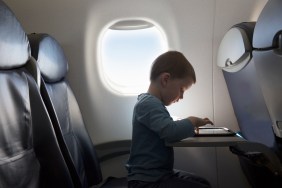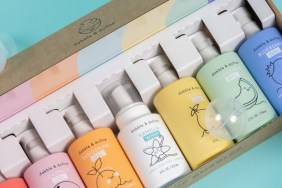These incredibly cool science experiments for kids are a great way to keep budding scientists learning and having fun at the same time. Add in some chores, reading time, and creative play — in between all the trips to the pool and the park — and you’ll be all set.
Not only will these science experiments ignite your kid’s curiosity, they will also help create valuable family time as you…








